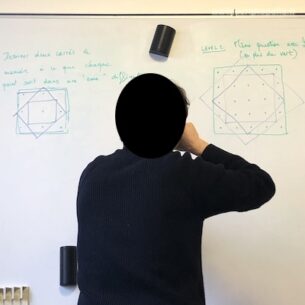Units
New York, March 2014.
It seems the world we’re living in is largely driven by the fusion between measure, calculation and anticipation. The role indexes and scores do play in sectors such as insurance, banks, stock exchanges, but also sciences and even states offers numerous examples of such a trend, which begun before World War II. But so do our ordinary lives. Quite a lot of things are today objets of measurements, calculations, which are provided to us in order to improve our capacity to anticipate. This is an important side of the so called information society, which not only installs an algorithmic governmentality, but also relies on the displaying of some of its results. A “now-that-you-know-the-figures-you-can-act-rationaly” kind of politics.
But are all these devices that push information towards us equal? Does every measure perform the same reality, the same informed citizen? Maybe not. At least, that is what we experience glancing at the digital screens that populate some of the platforms of the New York City Subway System. Like in Paris, these screens indicate some information about the next train. But instead of showing us an amount of time, which is the fragile result of a calculation that produces a rarely satisfying anticipation, New York screens provide another kind of data: the train’s actual location. Two stations, one station from here. With such a device, anticipation is smoothed, and displayed information seems fair. Its promise is not overambitious. In this context, it surely suffices. We’re fine with such data. And we’re fine with escaping the quantified version of reality for once, all the while staying informed. Who knows? Maybe we’ll manage not to throw the baby with the bathwater. Maybe we’ll find a place for such new units, a place for some messy data (in a feminist data future?) , in the always more transparent world that unfolds before us.







